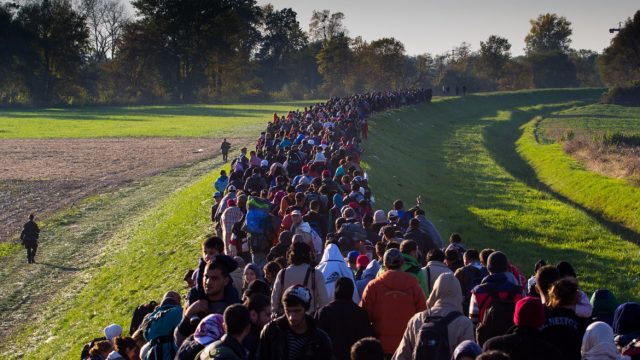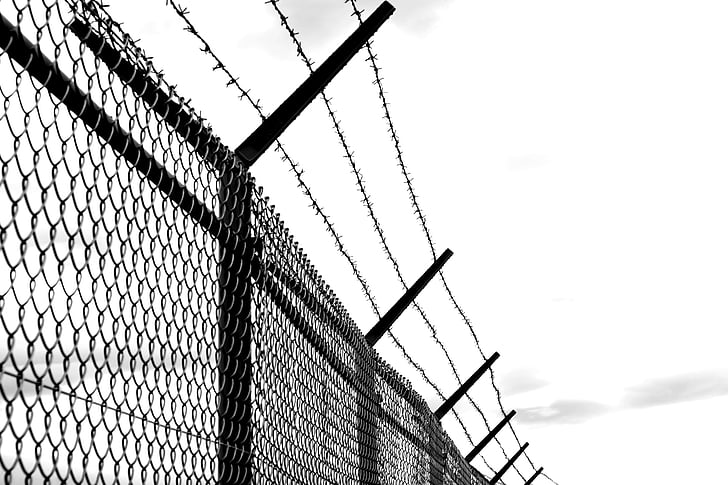
The future of the Schengen free movement area is once again being called into question with the decision by Poland and the Czech Republic to introduce border controls with Slovakia. They were followed by Austria, which announced stepped-up checks at its border “points” with the same country.
Romania looks at this situation with concern and some frustration because it has been waiting for more than a decade and a half to be welcomed into Schengen, during which time it has done everything required to strengthen its border security. The Schengen downturn began in 2015 with the reintroduction of internal border controls in six countries amid the migration crisis. The next blow to Schengen – whose core principle is freedom of movement – came in the pandemics, with many member states repeatedly restricting it in the name of public health. Debates on the need for Schengen reform, which were opened almost a decade ago, have led to virtually no results, and recent events only fuel the rhetoric of some countries, such as Austria, which argues that Schengen is not functional (and, in conclusion, there is no justification for its expansion). But a non-functional, fragile Schengen endangers the very existence of the European project, warned in 2019 Tanja Fajon, a former S&D MEP, now Slovenia’s foreign minister.
On the eve of parliamentary elections, Poland recently announced temporary controls on its border with Slovakia, citing fears that an influx of migrants could take over the country. In reality, the measure comes amid the recent scandal over corruption in its consulates, which allegedly gave hundreds of thousands of illegal visas to citizens from Africa, the Middle East and Asia. Interpreted by analysts as a statement of force by governments wanting to show they are tough on migration, the reintroduction of border controls seems, for the Warsaw executive at the moment, an attempt to mitigate the effects of the visa scandal. At the same time, the issue of migration is at the heart of the Polish election campaign. On polling day, Poles are being asked to vote in a referendum on whether or not to accept resettled migrants from other EU countries.
71,000 illegal crossings in Germany this year alone
Poland was followed by the Czech Republic, which immediately announced that, “in coordination” with its neighbours, it would take the same measure. It was followed by Austrian Chancellor Karl Nehammer’s government, which said Austria would step up border controls with Slovakia to deter migrant smugglers before they change routes. Earlier, Germany had taken a similar measure, announced the day before the JHA Council meeting, which had migration on its agenda. This comes as German federal police reported 71,000 illegal border crossings since the start of the year.
Poland’s problems with illegal immigrants are undeniable. Almost a year ago, in November 2022, Poland announced it would barricade its border with the Russian enclave of Kaliningrad with barbed wire to keep migrants at bay and give locals a sense of security. At about the same time, Bulgaria announced a similar measure. The 33-kilometre-long barbed-wire fence was to be built in a few months on the border with Turkey. Then, in December 2022, Austria, which at the time was seeing an increase in the number of migrants and asylum seekers, asked the European Union to allocate additional funds – €2 billion – to erect such barbed wire fences at the EU’s external borders.
The border between Serbia and Hungary, one of the most frequented land routes for migrants
Hungary also has problems with illegal migrants. Hungarian Prime Minister Viktor Orban, who in 2015 was also building barbed wire fences and pointing the finger at Romania, recently admitted that the problems come from Hungary’s border with Serbia. And not on a route that includes Romania, as Austrian Chancellor Nehammer claims. And there is a real “war” going on at Hungary’s border with Serbia, between migrant smugglers and Hungarian police, in which firearms are used, Orban claims.
Since 2015, six countries – Austria, Denmark, France, Germany, Norway and Sweden – have introduced internal Schengen border controls due to “exceptional circumstances”. Although this was supposed to be a temporary measure, extendable for a maximum of two years, since then and until now, the governments of these states have taken advantage of various legal reasons, taking advantage of a “grey area” in Schengen law, by far exceeding this deadline. The Covid pandemic was also to blame, allowing all Member States to instigate temporary border controls to protect the health of the population.
In 2018-2019, during the debates on amending the Schengen legislation, the European Parliament’s position was to limit the right of states to introduce such border controls by clearly defining the circumstances in which this measure can be taken and by reducing the periods during which it can operate.
The rapporteur of the LIBE Committee at the time, Slovenian MEP Toja Fajon, said that in a new Schengen Borders Code it is necessary to include very clear conditions for when countries can temporarily introduce border controls. According to Fajon, border controls should be seen as a last resort, and extraordinary situations in which they should be introduced would be sporting events or large migration flows. Otherwise, she said, the very essence of Schengen is jeopardised, as “without Schengen, there is no European project”.

Under the Schengen Code, Member States currently have the right to reintroduce temporary controls in the event of serious and genuine threats to public policy or internal security. After the Covid pandemic in 2021, the European Commission came up with a draft revision of the Schengen Code to ensure that the reintroduction of internal controls remains a measure of last resort and to encourage the use of alternative measures, such as targeted police checks and improved police cooperation. However, the report of the European Parliament’s Committee on Civil Liberties (LIBE) on the reform of the Community acquis on the area of free movement was a report in a completely different direction. That is, according to the document, the Schengen area will no longer be as free as it was before the pandemic. The new rules are designed to allow member states to introduce border controls for certain periods of time when they consider it necessary for various good reasons. However, these regulations undermine the very foundation of the Schengen area, namely freedom of movement. It is worth noting that MEPs want some of the migration-related concepts in the Commission’s proposal removed from Schengen legislation, arguing that they belong in a special asylum law. Negotiations on this reform are, however, blocked in the Council of the European Union. This is despite the fact that Schengen reform was one of the priorities of the French presidency of the EU Council in the first half of 2022, announced by the leader of the Elysee, Emmanuel Macron. He would have liked to “set up a political steering of Schengen”, with regular meetings of European ministers in charge, so that “border controls could be strengthened”. During these meetings, the EU ministers could, if they deemed it necessary, propose the creation of emergency support mechanisms in a crisis situation at the border of a member state.
These support mechanisms “must be able to count on the support of Frontex, but also on the solidarity of the member states with police and gendarmes,” Macron said.
All in all, for Romania, the current situation – in which confidence in the functionality of Schengen is increasingly low, and the measures to impose border controls are eroding its underlying foundation – brings hope. A further enlargement to include Romania and Bulgaria could, however, take place in a context in which pressure could be put on Austria and the Netherlands to accept the expansion of the Schengen area precisely in order to demonstrate that things are going well, that Schengen works and has a future within the European Union.



 Subscribe
Subscribe